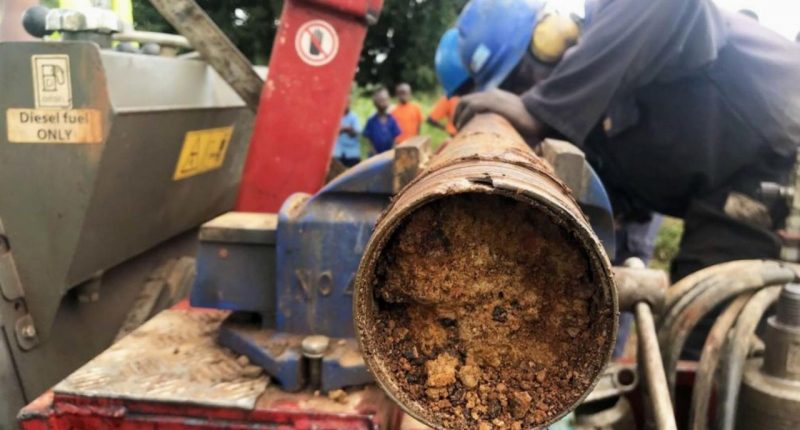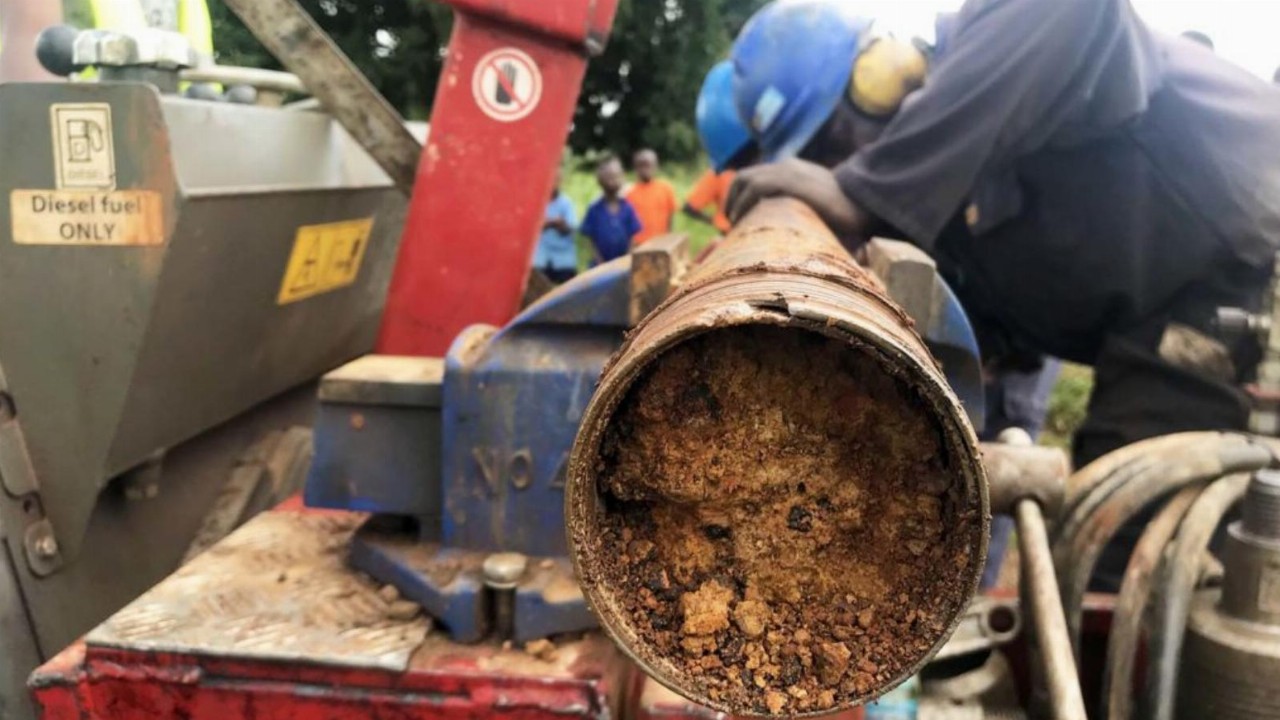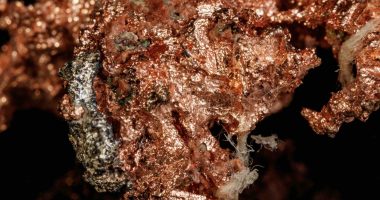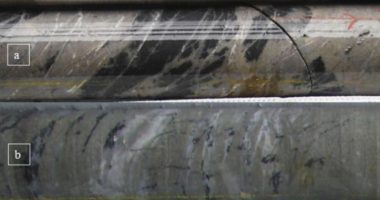- Ionic Rare Earths (IXR) dips in trade despite releasing the latest results from drilling at its Makuutu Rare Earths Project in Uganda
- The results come from a 67-hole rotary air blast (RAB) program completed at the project in April this year
- The company says the drilling immediate extensions to the Makuutu resource estimate not picked up during radiometric work in the project area
- The best hits from the RAB drilling include a 12-metre intersection at 937 ppm total rare earth oxides from four metres
- Shares in Ionic Rare Earths are down 2.78 per cent and trading at 3.5 cents each at 10:39 am AEST
Ionic Rare Earths (IXR) has dipped in trade today despite releasing the latest results from drilling at its Makuutu Rare Earths Project in Uganda.
The results come from rotary air blast (RAB) drilling at the project completed in April this year, with several intersections over more than 200 parts per million (ppm) total rare earth oxides (TREO) revealed in the assay results. The TREO result does not include cerium oxide.
The best hits from the RAB drilling include a 12-metre intersection at 937 ppm TREO from four metres, a five-metre intersection 868 ppm TREO from five metres, and a 10-metre intersection at 856 ppm TREO from five metres.
Ionic said importantly, rare earth element (REE)-bearing clay mineralisation was struck between target areas previously highlighted from radiometric work in the project area.
This radiometric data indicated that a laterite hardcap was present at surface, but the drilling revealed that the hardcap was buried by over a metre of soil, obscuring the radiometric data. As such, the drilling results have highlighted some new areas for follow-up exploration that have so far gone untested.
IXR Managing Director Tim Harrison said the latest results confirm the “massive potential” of the Makuutu East area, with immediate extensions to the resource estimate confirmed from the drilling.
“The Phase 3 RAB assay results confirm this significantly successful exploration campaign,” Mr Harrison said.
“We will now progress initial salt desorption test work to confirm metallurgical characteristics of these new mineralisation areas identified, given that some of the mineralisation appears to be derived directly from granitic rocks, therefore it is possibly more consistent with those ionic adsorption clay (IAC) deposits of southern China.”
He said there seems to be far more REE-bearing clay at Makuutu than the company initially expected.
All up, Ionic drilled 67 RAB holes from 1206 metres at Makuutu as part of the phase-three program this year.
Of these, 25 holes were drilled in the Makuutu East area of the project, with 23 holes intersecting REE mineralisation.
Several holes were also drilled along the Makuutu Central zone.
Ionic owns 51 per cent of the Makuutu project, with Rare Earth Elements Africa owning 42 per cent and the remaining 7 per cent owned by various Ugandan partners.
Shares in Ionic Rare Earths were down 2.78 per cent and trading at 3.5 cents each at 10:39 am AEST. The company has a $121 million market cap.







